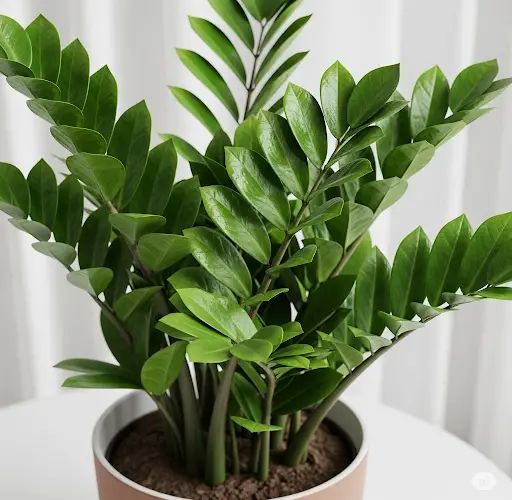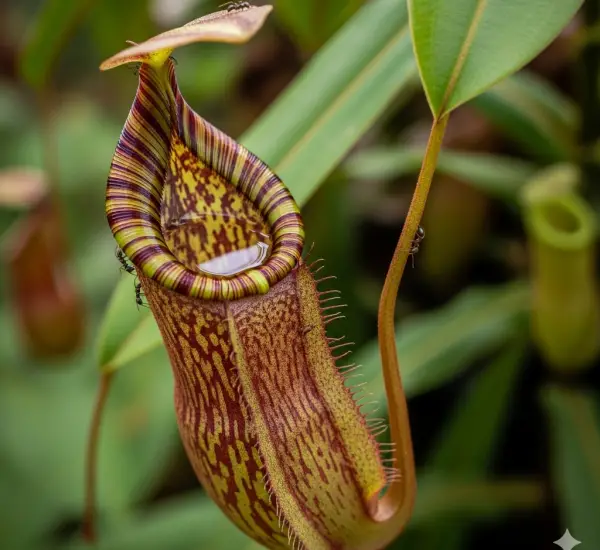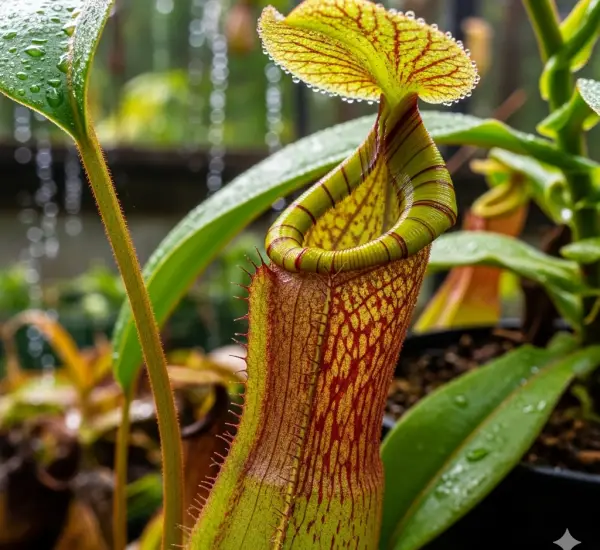Zamioculcas zamiifolia, commonly known as the ZZ plant, is a favorite among houseplant enthusiasts for its glossy green foliage, drought tolerance, and low-maintenance nature. However, while it thrives on neglect, it can truly flourish with the right care—especially when it comes to feeding.
A properly nourished ZZ plant develops a thick, powerful root system, strong underground tubers, and lush, vibrant leaves. If you want your plant to push out robust new shoots and grow faster, using the right fertilizer is key.
Here are the 7 best fertilizers to strengthen your ZZ plant and stimulate impressive growth.
1. Balanced Liquid Fertilizer (NPK 10-10-10 or 20-20-20)
A standard liquid fertilizer with equal parts nitrogen (N), phosphorus (P), and potassium (K) is an excellent all-around choice for ZZ plants. It supports root development, leaf growth, and overall plant health.
How to use:
Dilute to half strength and apply every 3–4 weeks during the active growing season (spring to early fall). Avoid overfeeding in winter when growth slows.
2. Organic Worm Castings
Worm castings are a gentle, slow-release organic option that enriches the soil with beneficial microbes and trace minerals. They help improve soil structure and support healthy root expansion.
How to use:
Mix a handful of worm castings into the top layer of soil or blend them with potting mix when repotting. They won’t burn the roots and can be used year-round in moderation.
3. Compost Tea
This liquid form of compost is packed with nutrients and beneficial microorganisms that enhance root function and nutrient absorption. It’s especially helpful for revitalizing tired or slow-growing ZZ plants.
How to use:
Soak compost in water for 24–48 hours, then strain and water your plant with the liquid every 4–6 weeks during the growing season.
4. Fish Emulsion
Fish emulsion is a nitrogen-rich organic fertilizer that boosts leaf growth and overall vitality. It has a strong smell but offers fast absorption and quick results, especially for yellowing or stressed leaves.
How to use:
Dilute according to package directions and apply once a month from spring to fall. Make sure the plant is in a well-ventilated area when using it indoors.
5. Bone Meal
Bone meal is rich in phosphorus, which is essential for root and tuber development. It’s particularly useful for young plants or when you want to stimulate new root growth after repotting.
How to use:
Add a teaspoon to the soil surface or mix it in when repotting. Use it once every 3–4 months for long-lasting effects.
6. Banana Peel Fertilizer
Banana peels are a natural source of potassium and phosphorus, both crucial for building strong stems and promoting shoot development.
How to use:
Chop banana peels and bury them into the soil or blend them with water to create a DIY liquid fertilizer. Apply once a month to give your ZZ plant an extra energy boost.
7. Succulent or Cactus Fertilizer (Low Nitrogen)
ZZ plants, like succulents, prefer well-draining soil and controlled feeding. A cactus or succulent-specific fertilizer—usually low in nitrogen but rich in phosphorus and potassium—helps prevent overgrowth and supports firm, healthy shoots.
How to use:
Apply once every 4–6 weeks during the growing season. Look for a formula like 2-7-7 or 3-7-5 for the best balance.
Best Fertilizing Practices for ZZ Plants
To ensure optimal results, keep these tips in mind:
-
Feed only during active growth: ZZ plants grow most vigorously from spring through early fall. Avoid fertilizing during the winter dormancy period.
-
Always water before fertilizing: Applying fertilizer to dry soil can burn the roots. Ensure the soil is slightly moist before feeding.
-
Less is more: ZZ plants don’t need heavy feeding. Over-fertilizing can lead to salt buildup, yellowing leaves, and root damage.
-
Monitor plant response: If your ZZ plant’s leaves become pale, leggy, or slow to grow, it may need a nutrition boost. However, sudden yellowing or browning can indicate overfeeding.
Signs of a Well-Fed ZZ Plant
-
Thick, shiny green leaves
-
Strong, upright stems
-
Consistent new shoot development
-
Enlarged, healthy root tubers
-
Steady growth with no leaf drop
When the plant is thriving, it will begin to produce new stalks regularly and expand its base tuber system—a sign that it’s receiving the nutrients it needs to store energy and grow.
Conclusion
Though the ZZ plant is famously low-maintenance, the right fertilizer can elevate it from a slow grower to a vibrant, fast-expanding showpiece. Whether you choose organic options like worm castings and compost tea, or synthetic blends for more rapid results, each of these top 7 fertilizers plays a vital role in strengthening roots, enlarging the tuber system, and stimulating bold new shoots.
By incorporating these methods into your care routine, your ZZ plant will reward you with healthy growth and a striking display of foliage—proof that even the toughest houseplants appreciate a little nourishment.




